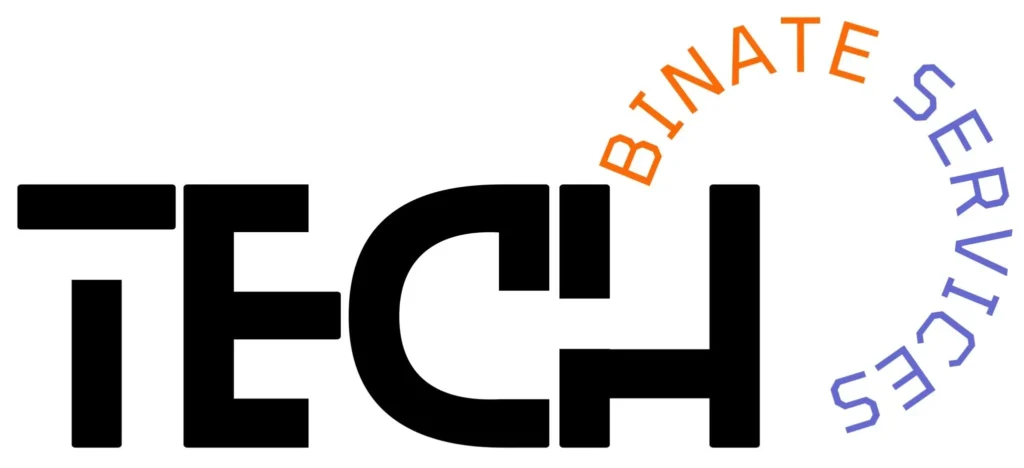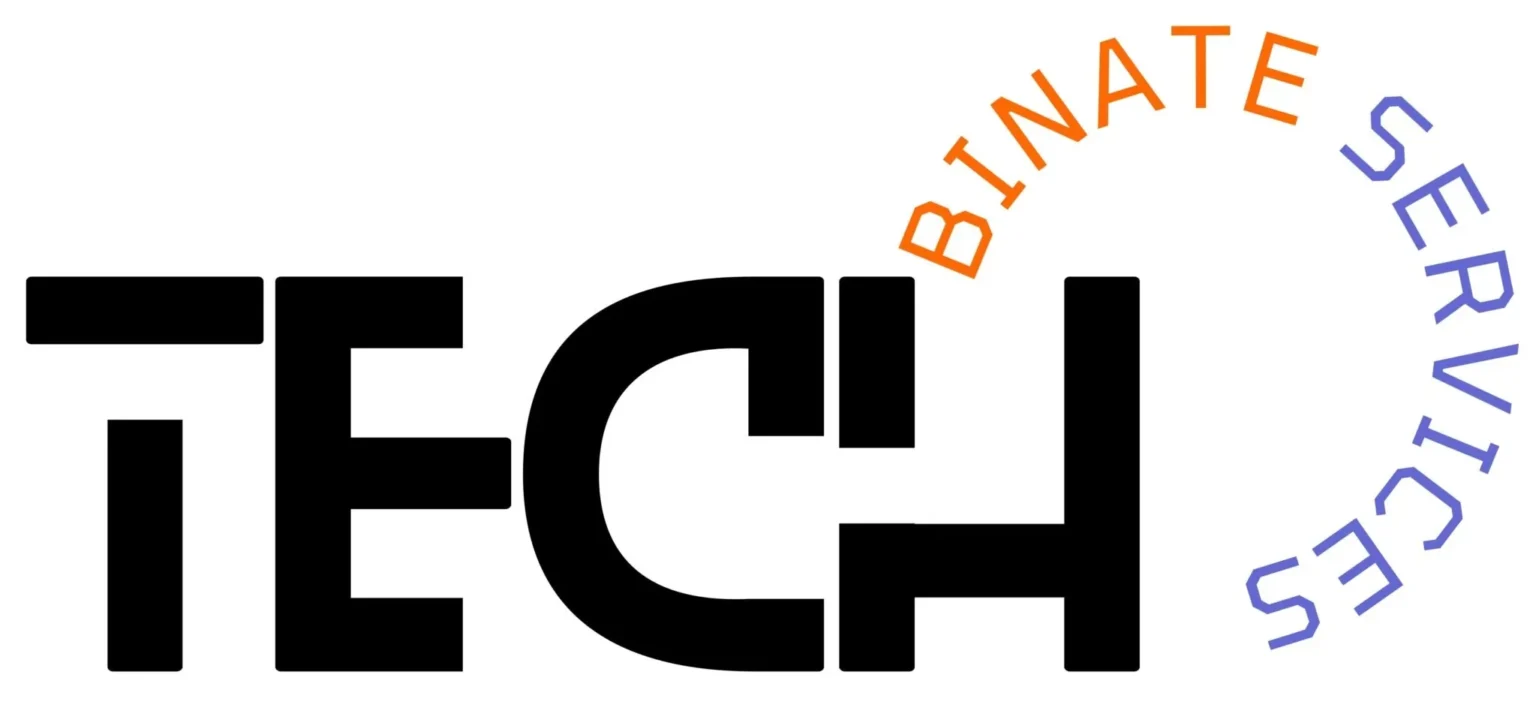Whoa! You ever send a trade and watch the price slip away while you sip coffee? Seriously? It stings. My gut reaction used to be anger — somethin’ felt off about how invisible middlemen could skim value from simple swaps. Initially I thought front-running was the whole story, but I later realized that MEV is a broader beast: bundle reordering, sandwich attacks, and value-extracting liquidations all count, and some of the nastiest flows happen before your transaction even hits a public mempool.
Okay, so check this out—advanced DeFi users need systems, not just hope. Short answer: simulate everything, prefer private relays or bundled submission, and keep portfolio controls tight. Longer answer: you need a repeatable workflow that combines accurate simulation, smart submission strategies, and continuous monitoring. I’ll walk through what I actually do (practical, no fluff), the tools that matter, and some traps that keep biting people.

Why simulation first? (and what it actually prevents)
Simulation is the firewall. It stops dumb mistakes, mispriced approvals, and nasty MEV outcomes before they become losses. A good sim tells you: will your swap revert under conditions X or Y, will the liquidity provider behave as expected, and could value be grabbed through reorder or sandwich tactics? On one hand, simulations don’t eliminate uncertainty. On the other hand, they reduce surprise by a lot — not perfect, but better.
Here’s what bugs me about casual simulation: many people run a dry-run locally and assume the world is static. Nope. Network state changes rapidly. So your simulation must be as close to on-chain state at submission time as possible. That means block-level state simulation and, if you can, bundling the transaction to a relay that preserves ordering guarantees.
Core tactics I use for MEV protection
1) Always run a block-accurate simulation. Use provider tools or private node snapshots. Medium fidelity is fine for exploration; high fidelity is mandatory for execution.
2) Prefer private submission paths. Flashbots-style relays and private mempools remove your tx from public view and cut front-running risk.
3) Bundle dependent transactions together. If you need to approve then swap, bundle them. Simple approvals left public invite grief.
4) Watch gas strategies. Overpaying blindly is wasteful; underpaying opens the door to reordering and failed inclusion. I set a dynamic gas floor and a maximum, and I automate adjustments.
My instinct told me early on to trust widely used relays. That was helpful, but I also learned to distrust one-stop solutions; redundancy matters. Actually, wait—let me rephrase that: trust well-audited relays, but always have fallbacks and visibility into where your tx is.
Transaction simulation: tools and workflows
Simulate widely. Seriously. Run these checks before hitting submit:
- Revert risk: will the tx revert under slippage or gas changes?
- State drift: will the block state between sim and submission change materially?
- MEV heuristics: can this be sandwichable or liquidated based on pool depth?
Practical stack: local node snapshotting (Anvil/Hardhat), RPC-based fork simulations (Tenderly, Alchemy Debug), and MEV-aware simulators that emulate bundle inclusion. For wallet-level users, having quick sim integrations is a game-changer — you get one-click assurance before signing.
Wallet-level protections and a pragmatic recommendation
I’m biased, but your wallet matters. A wallet that shows plain signing requests isn’t enough; you want transaction previews, slippage analysis, and private relay hooks. That’s why I often point people to browser extensions that combine UX with simulation and relay choices. For example, try the rabby wallet extension for a tidy mix of simulation and submission options — it’s not a silver bullet, but it’s built for people who care about simulation-first workflows.
(oh, and by the way…) If your wallet doesn’t let you preview the exact calldata outcome or run a block-level sim, don’t use it for high-value trades. You’ll feel the pain eventually. Trust me — been there.
Portfolio management practices that reduce MEV exposure
Diversify not just assets but submission patterns. Don’t always send trades from the same address or at the same gas strategy; predictable patterns get exploited. Use delegated execution or smart accounts for complicated sequences. Also, keep approvals conservative. Unlimited token approvals are convenience; they are also an open door if a contract bug or exploit appears.
Another practical move: batching rebalances at times of low on-chain congestion, or scheduling them via private scheduling relays, which helps reduce slippage and reordering. I automate portfolio rebalances with a staged simulation step, then a private bundle submission. That combo reduced avoidable slippage in my tests by a noticeable margin.
Common traps and how to avoid them
Trap: Relying on a single simulation snapshot. Fix: re-sim immediately before signing.
Trap: Public approvals followed by large trades. Fix: Approve minimal amounts or bundle approval and trade together.
Trap: Blindly trusting “gas boosters.” Fix: know why the booster claims faster inclusion — are they paying searcher fees that expose you to sandwich risk? Sometimes faster is worse.
When to accept risk (and when to bail)
Not every trade needs maximal protection. For tiny market-making tweaks or dust cleanups, public mempool may be fine. For large rebalances or illiquid assets, require private relays and high-fidelity sims. I’m not 100% rigid here — risk vs reward still matters — but I have explicit thresholds: above $X or when expected slippage > Y, go private and sim heavy. If that rule were simpler I’d tell you, but it’s context-dependent (asset, pool depth, time of day).
FAQ
How accurate are simulations?
They are as accurate as your state snapshot and the model of mempool behavior. Block-accurate sims are typically reliable for revert and slippage checks. They can’t perfectly predict front-running unless you simulate private searcher strategies, but they massively reduce surprise. Use multiple sims if stakes are high.
Can I eliminate MEV entirely?
No. You can reduce exposure significantly with private relays, bundles, and careful simulation, but systemic MEV exists as long as block proposers and searchers capture ordering value. Your goal should be minimizing avoidable leaks, not chasing impossible zero-risk.
Is the wallet the most important layer?
It’s one of the most visible layers. A wallet that integrates accurate simulation and gives submission options (public vs private relay) saves time and prevents dumb losses. But backend practices — relays, validators, and portfolio rules — are equally critical.
Alright — here’s the takeaway, tersely: simulate like you mean it, submit privately when value at risk is material, and harden your portfolio rules so errors aren’t catastrophic. I’m not preaching perfection. I’m offering a workflow that makes losses rarer and performance steadier. Somethin’ to chew on.




